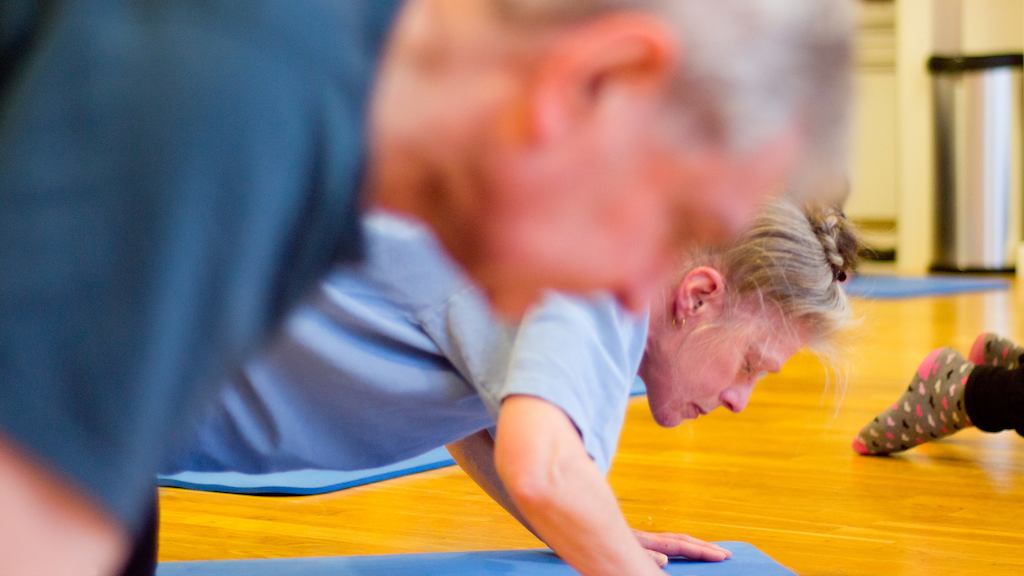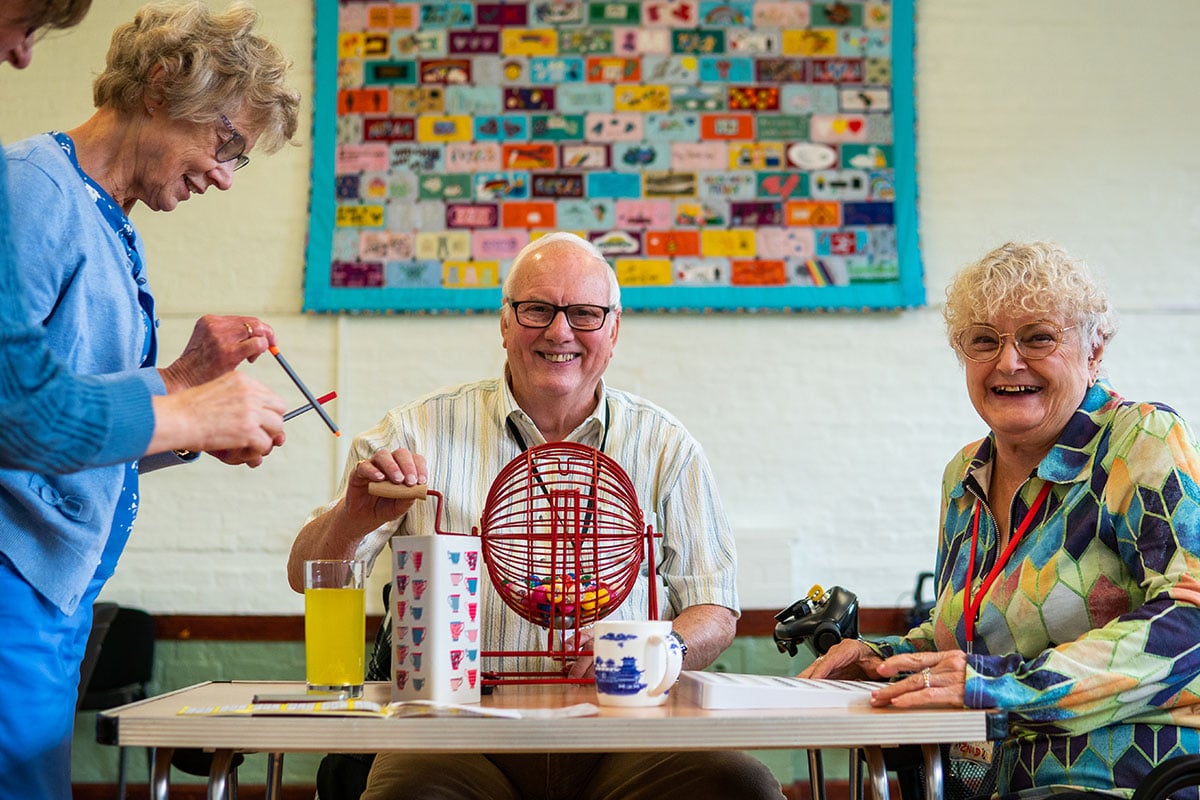When people think about their health, their immediate concern is to avoid a serious illness that is potentially life threatening like cancer or a stroke. But what about other things that impact on our ability to get ourselves dressed, to use the stairs, to manage without help at home? Who worries about falling, and the possible consequences of a fractured bone?
One third of people over 65 and half of people over 80 fall at least once a year, leading to around 70,000 fractures. Once you’ve fractured a bone, only 24% of people return to their previous level of movement and independence. Nearly 4000 people died from having a fall in 2014. And even if you’re not too badly affected physically, falls can destroy confidence, increase isolation and reduce independence, with around 1 in 10 older people who fall becoming afraid to leave their homes in case they fall again.
Falls are an equally disastrous story for the health and social care system. They account for over 4 million hospital bed days each year in England alone and the healthcare cost associated with fragility fractures is estimated at £2 billion a year. Falls contribute to local authority care costs of £3 billion residential and £2 billion non-residential each year, with long-term nursing care costs of around £19,000 per year for an older person affected by a fall.
So falls are a very serious problem, but we can do something about it. The Chief Medical Officer’s guidelines for older adults say we should do two sessions of strength and balance exercise a week – including informal activity like lifting shopping or doing heavy gardening. Some people might be motivated enough to meet these guidelines without any further help. Many of us we will need some advice or help. Books like Professor Sir Muir Gray’s ‘Sod 70’ series give clear and fun ways to improve your strength and balance.
But most people find it hard to change their habits even if they are at risk of falling. The new PHE co-ordinated Falls Consensus Statement gives clear guidelines for health and other professionals on what to do to commission and design services to make a difference for people who need to build up their muscle and bone strength and so avoid a fall.
More needs to change though. Our environment – from homes to public spaces in our towns and cities – needs to be age friendly, including helping people be more active and less at risk of falling. We need to understand more about how to build strength and balance activity into our daily lives from middle age, not just when we’re older. The Centre for Ageing Better is working with partners on all these questions and areas of change. We’re focussing on helping more people improve their strength and balance as they age to prevent falls and be more independent – to help everyone enjoy a better later life.
Read more about the work we are doing on helping people in later life maintain and improve muscle strength and balance to ensure they can live independently and reduce the risk of falls.


